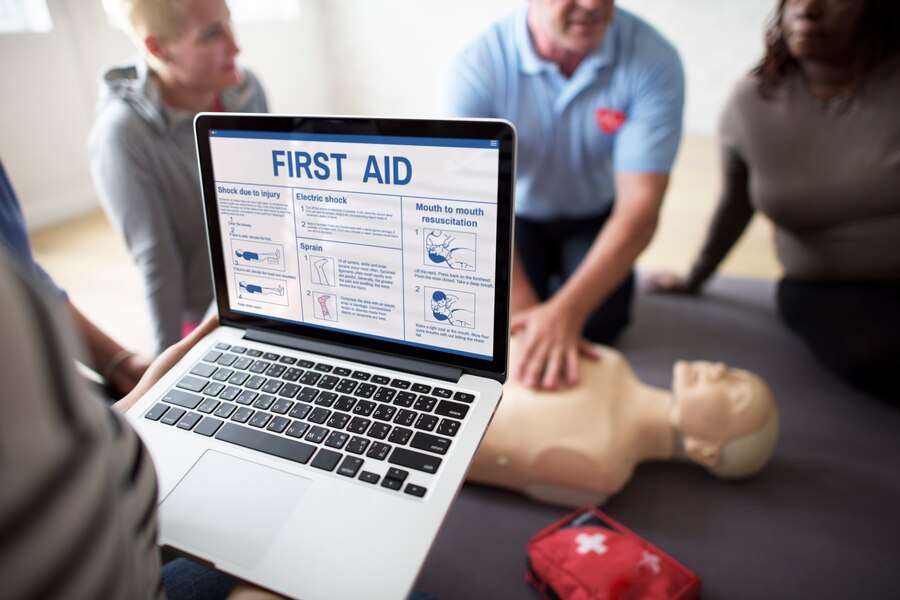
Accidents are unexpected events that can be difficult to predict in advance.
In some accidents, some people lose their lives while others sustain minor or major injuries. Having a good understanding of first-aid can greatly assist in such critical moments.
First-aid kits are incredibly effective in providing temporary treatment for injured patients until paramedics or an ambulance arrive. According to a truck accident lawyer, it’s important to have occupational first-aid training so that you can assist in emergencies.
Having a basic knowledge of first aid allows you to respond rather quickly and possibly prevent someone from dying. So, without any further ado, let’s get started with it.
1: Follow Through The Entire Scene For Danger
Before assisting an injured individual, assess the surroundings for any potential hazards. You also don’t want to injure yourself. This is not a fearful measure.
The truth is if you get hurt, you won’t be able to assist another wounded person. Before rushing to aid someone, pause and inspect the surroundings for potential hazards.
For instance, in case of a severe storm outside, if you see someone injured and unable to reach safety. Before heading outside to assist the affected, be sure to check for any potential dangers.
- Are powerful gusts throwing around debris?
- Do you see any trees or buildings that appear to be on the verge of collapsing?
- Are there any power lines that have fallen?
- Are there any flooded areas?
After evaluating these risks, you will be able to plan more effectively for reaching and saving the injured individual. Keep reading to know more about the treatments.
2: Treat Scrapes And Cuts
Blood is an essential part of our bodies.
When a person is bleeding, the goal is to minimize the amount of blood exiting the body. Attempt to locate a sterile fabric or dressing. Right after this, you need to –
- Exert mild force for a period spanning from 20 to 30 minutes.
- Cleanse the wound thoroughly by gently rinsing it with clean water. Do not use soap on an open wound.
- Administer Neosporin or a similar antibiotic to the wound.
- Place a bandage over the wound.
In case of a nosebleed, advise the person to tilt their head forward. Apply pressure to the nostrils with a cloth until the bleeding has ceased.
The body typically heals with small cuts and scrapes quickly. Nevertheless, more serious injuries may need to be treated by a healthcare professional. Bearing severe injuries:
- Apply additional force.
- Avoid using lotions. Use a piece of loose fabric to shield the wound from contaminants and prevent infection.
- Look for medical help immediately.
3: Taking Care Of Sprains
Typically, sprains are not a cause for concern, and in most cases, they’ll recover naturally.
But you can take action to reduce the inflammation of where the issue has occurred. Swelling occurs due to increased blood flow to a damaged area. Applying ice can help decrease swelling. Ice narrows the blood vessels, leading to a decrease in blood circulation.
Here’s what you need to do in this regard –
- Ensure the raised position of the wounded limb.
- Put ice on the affected area. Avoid placing ice directly on your skin. Cover it with fabric or place ice inside a bag made of plastic.
- Maintain pressure on the affected area. Place it inside a bracket or securely encase it. Avoid wrapping it too tightly because it may restrict blood flow.
- Ice temporarily. Then condense. Repeat periodically.
Ensure that the injured individual refrains from applying weight to the injured limb.
4: Taking Care Of Heat Exhaustion
Heat exhaustion results from extended periods of being in the heat, particularly when engaging in strenuous activities or not staying hydrated enough. Signs of heat exhaustion consist of:
- Skin that is both cool and damp
- Intense perspiration
- Feeling lightheaded
- Feeble heartbeat
- Cramps in the muscles.
- Feeling of sickness
- Pain in the head
To care for someone with heat exhaustion:
- Move the individual to a cool spot away from direct sunlight.
- If there are no shaded spots, use materials that block sunlight to keep the person covered.
- Provide the individual with water to ensure they stay hydrated.
- Put a cold cloth on their forehead to reduce their body temperature.
5: Treating Hypothermia
Prolonged exposure to cold temperatures can result in hypothermia. It starts to happen when your body temperature falls lower than 95 degrees Fahrenheit.
Signs of hypothermia consist of:
- Feeling tremors
- Speaking unclearly or softly
- Low pulse frequency
- Poor cooperation
- Puzzlement
- Skin that is red and cold
- Unconsciousness is defined as a lack of awareness.
Here are a few things you need to do to address hypothermia –
- Handle the person who is suffering with care. Avoid rubbing or moving their body too harshly, as it could potentially cause cardiac arrest.
- Take the individual away from the chilly environment and change out of any damp clothes.
- Wrap the individual in blankets and utilize heat packs. Avoid applying heat directly to your skin as it may result in significant skin damage.
- Provide the individual with heated beverages.
If you place the individual on the floor, remember that the floor could also be a source of coldness. Place heated items on the surface where the individual will be lying.
Bonus: Taking Care Of Burns And Fractures
When someone gets burned or scalded, they should run the affected area under cold water for about 20 minutes or until the pain subsides. If feasible, any garments or accessories should be carefully taken off from the impacted area during the cooling process.
If burns are quite extensive or severe, it is important to seek medical help by dialing 999 or using the NHS 111 service. After cooling down, use cling film to lightly cover the burn – do not put creams, lotions, or sprays on it.
Ensure that the individual who has a fracture is breathing and not bleeding before helping. If these items are found, they need to be taken care of before treating the fracture.
If they are breathing and there is no bleeding, or bleeding is being managed, it is crucial to keep the fracture as still as can be to prevent further pain or harm. This should persist until the person arrives at the hospital.
In cases of minor fractures, driving to the nearest hospital might be enough, but for severe or painful fractures (such as a fractured leg, back, or spine), it is essential to call for an ambulance.
Read Also:
- How To Adopt A Child In 5 Easy Steps
- How To Design The Best Law Firm Website In 7 Easy Steps
- 10 Reasons Why Businesses Should Hire Corporate Lawyers





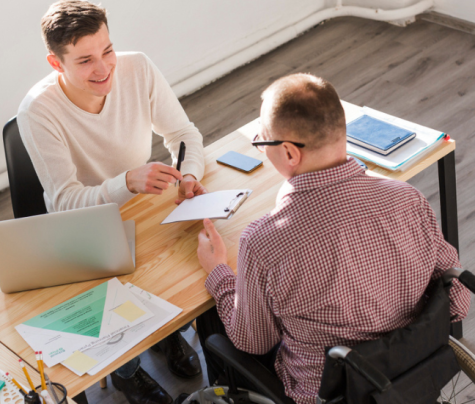
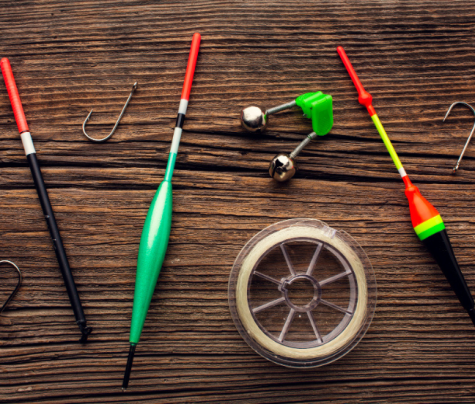
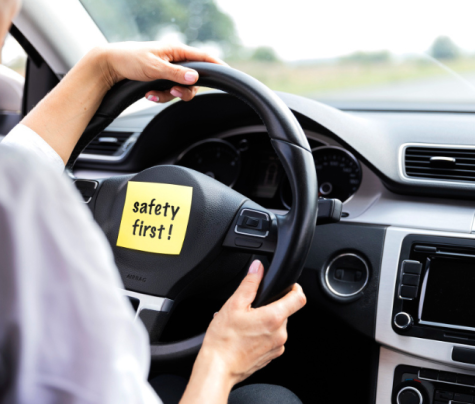

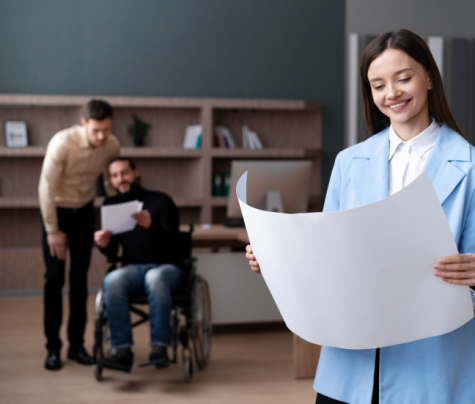
0 Reply
No comments yet.